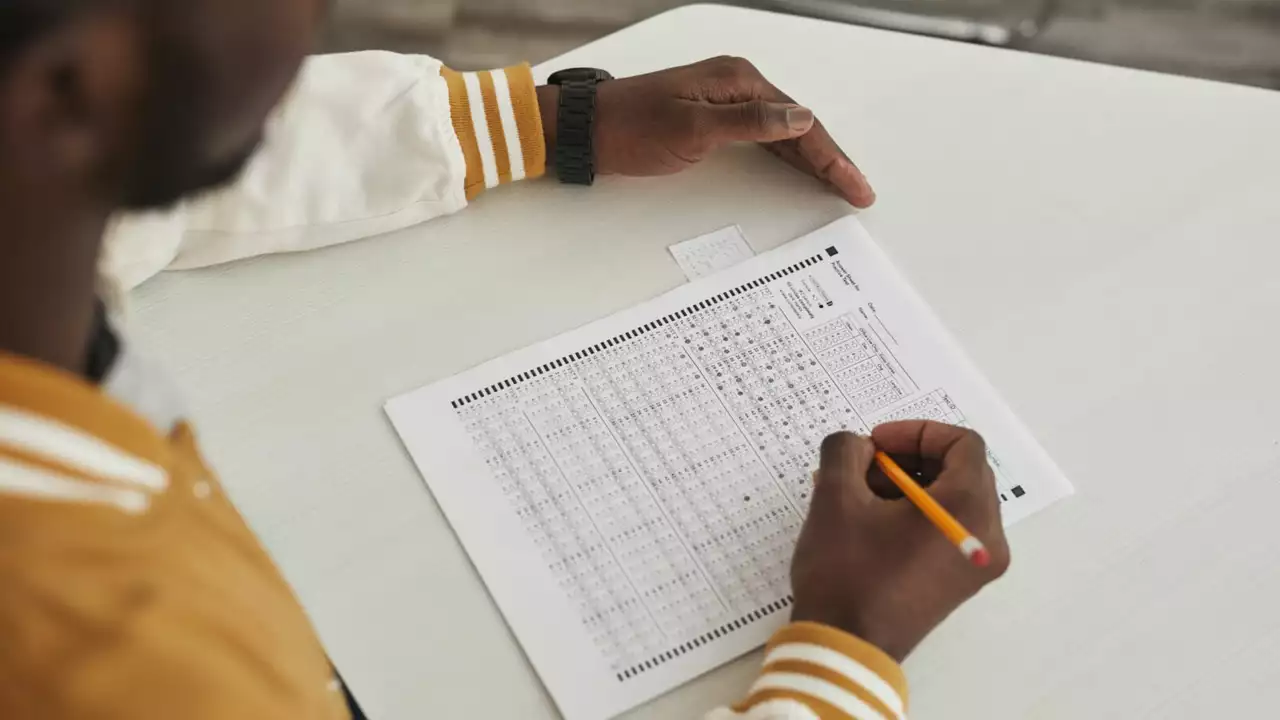
Introduction: Understanding the Crisis in American Education
As a blogger passionate about education, I have always been concerned and intrigued by the state of education in the United States. Despite being a world leader in many aspects, it is disheartening to see that the US consistently ranks low in educational achievement and test scores when compared to other developed nations. In this article, I will explore the reasons behind this ongoing crisis and provide insights into possible solutions. So, let's dive in and uncover why education and test scores are so low in the United States.
The Impact of Socioeconomic Factors on Education
One of the most significant factors contributing to the low levels of education and test scores in the United States is the wide gap in socioeconomic status among the population. It is well-known that students from low-income families tend to perform worse academically than their peers from higher-income families. This is because poverty often translates into a lack of resources and support for education, such as adequate housing, nutrition, and access to quality schools.
Furthermore, students from low-income families are more likely to attend underfunded schools with outdated materials, fewer extracurricular programs, and less experienced teachers. This exacerbates the problem and creates a vicious cycle, with children from disadvantaged backgrounds falling further behind in their education.
Standardized Testing and Its Limitations
Another important factor to consider when examining the low test scores in the United States is the country's heavy reliance on standardized testing. While standardized tests can provide valuable data and help identify areas for improvement, they have several limitations that can negatively impact education. For example, many educators and scholars argue that standardized tests encourage "teaching to the test," which means that teachers focus primarily on test-taking skills and the specific content that will be assessed, rather than promoting critical thinking and problem-solving abilities.
Moreover, standardized tests can be culturally biased, favoring students from certain backgrounds and disadvantaging others. This can further contribute to the achievement gap and perpetuate inequality in education.
Insufficient Teacher Training and Support
A crucial aspect of any successful educational system is the quality and preparation of its teachers. Unfortunately, in the United States, many teachers are inadequately prepared and supported, which can directly impact their students' performance. This problem is exacerbated by a lack of resources and funding for professional development, as well as high teacher turnover rates in disadvantaged communities.
Additionally, the teaching profession in the United States is often undervalued and underpaid compared to other professions, making it less attractive to talented and motivated individuals. This can lead to a shortage of qualified and experienced teachers, further contributing to the low test scores and poor educational outcomes.
The Importance of Early Education
Research has consistently shown that early education plays a vital role in setting the foundation for a child's academic success. Unfortunately, access to high-quality early education programs is limited and unequal in the United States. Children from low-income families are less likely to attend preschool or benefit from early educational interventions, which can put them at a significant disadvantage when they enter kindergarten.
The lack of investment in early education programs not only hampers young children's development but also contributes to the achievement gap and perpetuates educational inequality in the United States.
Large Class Sizes and Insufficient Resources
Another contributing factor to the low levels of education and test scores in the United States is the issue of overcrowded classrooms and insufficient resources. Large class sizes make it difficult for teachers to provide individualized attention and support to each student, which can negatively impact their learning and achievement.
Additionally, many schools in the United States face a shortage of resources, such as updated textbooks, technology, and extracurricular programs. This can hinder students' ability to acquire the knowledge and skills needed to succeed academically and compete in the global economy.
Parental Involvement and Support
Parental involvement and support play a critical role in a child's educational success. However, in the United States, many parents struggle to find the time, resources, or knowledge to actively participate in their child's education. This can be due to a variety of factors, such as long working hours, financial constraints, or a lack of understanding of the educational system and its requirements.
Without adequate parental support, children may not receive the guidance and encouragement they need to excel academically, contributing to the overall low levels of education and test scores in the United States.
Curriculum and Instructional Practices
The quality of the curriculum and instructional practices used in American schools is another crucial factor that can impact education and test scores. Many experts argue that the current curriculum in the United States is outdated and does not adequately prepare students for the challenges of the 21st century. For example, there is a growing need for skills such as critical thinking, creativity, and collaboration, which are often neglected in traditional educational settings.
Furthermore, some instructional practices used in American schools, such as rote memorization and passive learning, may not be as effective as more active and engaging teaching methods. This can limit students' ability to retain information and hinder their overall academic progress.
Addressing the Challenges and Moving Forward
In conclusion, the low levels of education and test scores in the United States can be attributed to a complex interplay of factors, including socioeconomic disparities, an overreliance on standardized testing, insufficient teacher training and support, limited access to early education, large class sizes, insufficient resources, lack of parental involvement, and outdated curriculum and instructional practices.
To address these challenges and improve educational outcomes, it is essential to invest in evidence-based policies and practices, such as equitable funding for schools, comprehensive teacher training and support, access to high-quality early education programs, parental engagement initiatives, and curriculum reform. By tackling these issues head-on, we can work together to build a stronger, more inclusive, and successful educational system in the United States.